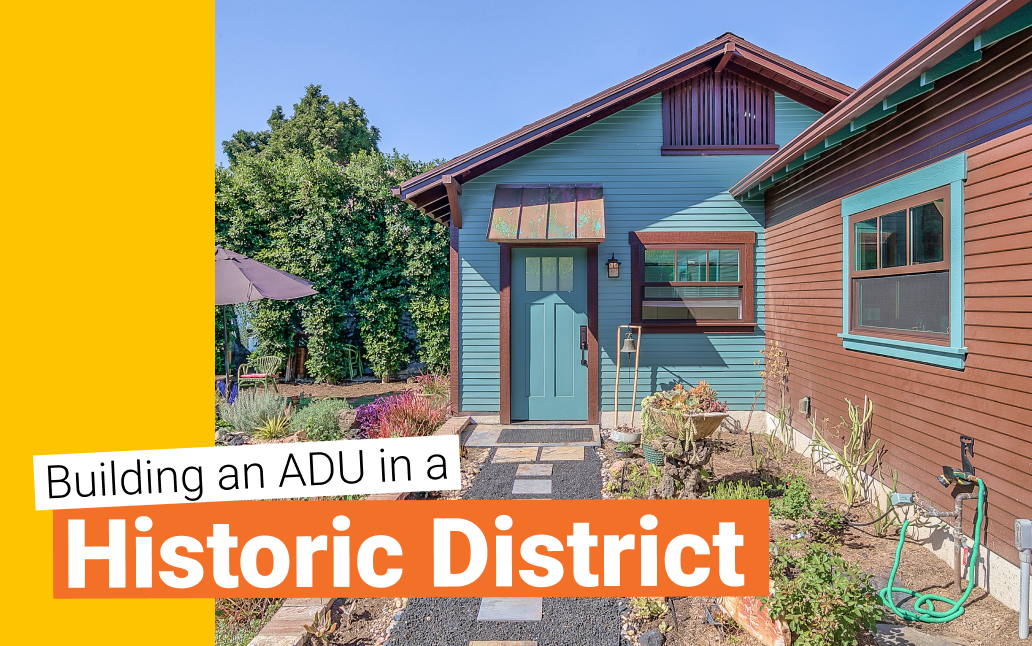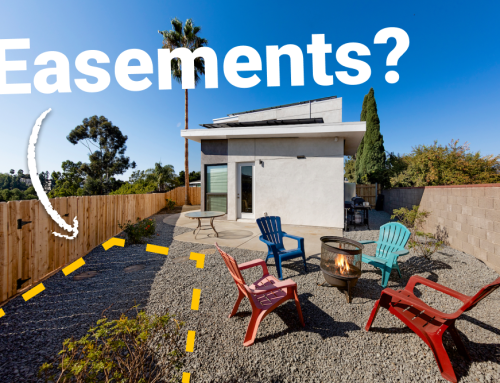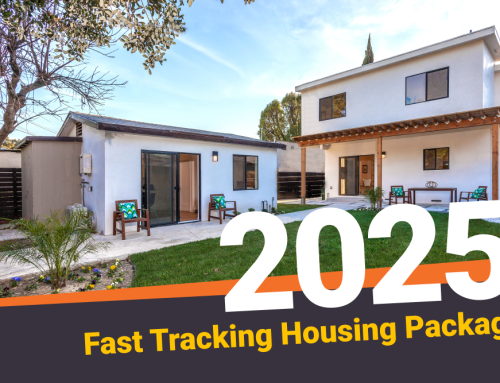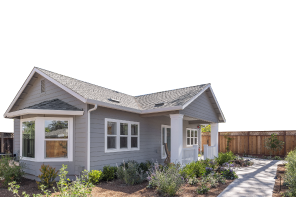When it comes to building an accessory dwelling unit, (ADU) not all neighborhoods are created equal, especially if you live in a designated historic district.
Sure, California state laws have made it so that ADUs are possible on almost any residential property, but there are some extra steps to work through when working with these types of properties.
Historic districts often come with strict design rules, added layers of oversight, and preservation goals that can complicate even the most straightforward ADU plans. But, it doesn’t mean it’s not possible.
If your property falls within one of these areas, it’s important to understand what you’re up against before you submit plans or hire a contractor.
So, let’s cut to the chase.
Can I build an ADU in a Historic District?
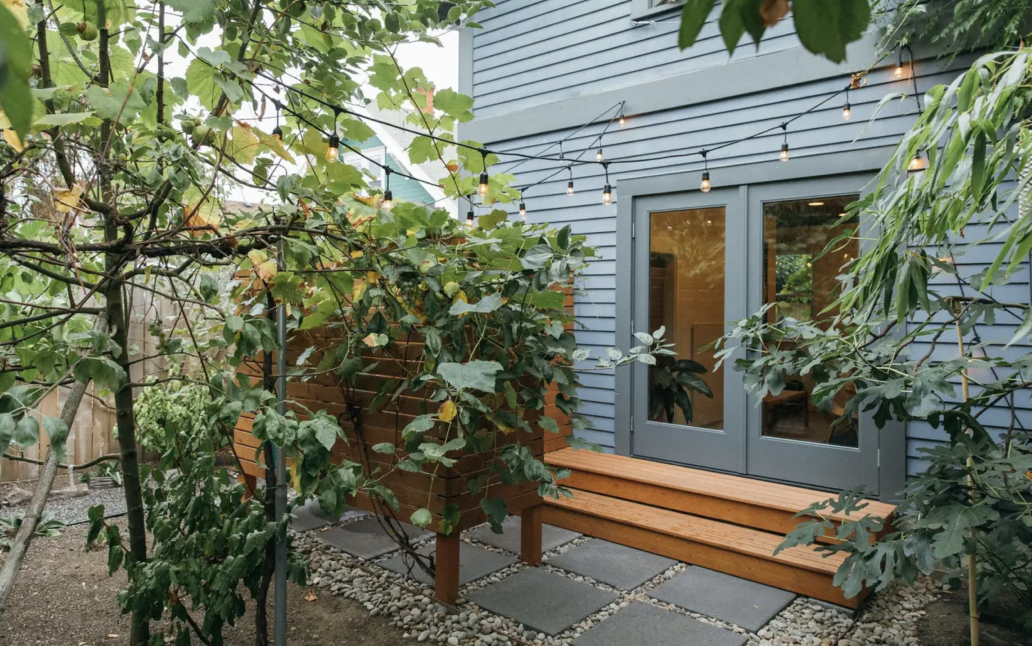
The short answer, yes, but there are some restrictions to consider.
While state law may support your right to build an ADU, historic districts often have additional design guidelines and approval processes in place to preserve the architectural character of the area. These requirements can affect the size, location, and appearance of your ADU, even if it’s technically allowed.
We’ll dive into the most common challenges in more detail later, so for now, just know that building in a historic district is definitely possible. It just may take a little more planning and patience. But, there are some benefits as well, like no parking requirements.
What is a Historic District?
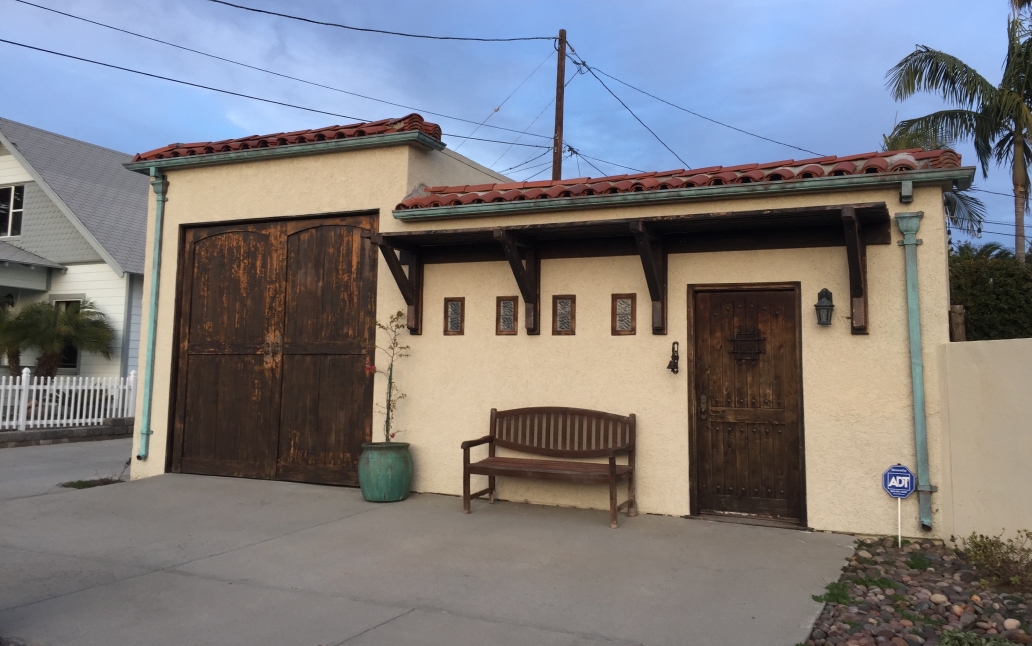
A historic district is an area officially recognized for its architectural, cultural, or historical significance. These designations are typically made by local governments, though some areas may also be listed on state or national historic registers.
Not every old home is in a historic district. What sets these areas apart is that they’re often subject to preservation guidelines aimed at maintaining the original character of the community. That can include restrictions on materials, colors, additions, and even landscaping.
In the context of ADUs, your new unit will most likely need match the style of the neighborhood to preserve the look and feel of the overall neighborhood. So, if you’re wanting to build an ultra modern ADU, that may not be allowed.
There are a few ways your property might fall under historic oversight:
- You live in a Historic Preservation Overlay Zone (HPOZ) or local historic district
- Your home is a contributing structure to a recognized historic district
- Your property is individually designated as historic
Examples of Historic Districts in Los Angeles County
- Angelino Heights (Echo Park) – Known for its iconic Victorian architecture
- West Adams – Home to Craftsman and Colonial Revival-style homes
- Jefferson Park – A designated HPOZ with rich African-American cultural history
- Highland Park-Garvanza – One of LA’s largest HPOZs, known for its early 20th-century architecture
You can find more Los Angeles Historic Districts here.
Examples of Historic Districts in San Diego
- Mission Hills – Featuring historic homes from the early 1900s
- Sherman Heights – One of San Diego’s oldest neighborhoods with Victorian and Craftsman homes
- Bankers Hill – Home to historic mansions and early apartment buildings
- South Park – A designated historic district known for its preserved Craftsman bungalows
You can find more San Diego Historic Districts here.
How do I know if my property is in Historic District?

The best way to find out if your property is in a Historic District is by contacting your Local Planning Department or Historic Preservation Department. Most cities maintain online zoning maps or searchable databases to help homeowners check this quickly.
If you have your Title Report or Deed handy, these documents may also note if your property is in a historic district or has any preservation restrictions tied to it.
What are the restrictions to building an ADU in a Historic District?
Every district is different, but the three most common restrictions we’ve found homeowners run into include:
- Design compatibility requirements
- Visibility and placement restrictions
- Longer review process
These challenges don’t mean building an ADU is impossible in a historic district—but they do mean you’ll need to plan carefully, budget accordingly, and work with professionals who understand the process.
Design Compatibility Requirements
This is the most common. Your ADU may be required to match the architectural style of the primary home. This can include:
- Roof pitch and shape
- Siding material and texture
- Window and door proportions
- Color palette and trim details
Cities may require that the ADU appear “historically appropriate” even if it’s newly built.
This is where combing through designers’ portfolios is going to be a crucial step in your ADU process. You’ll want to find someone who not only understands local zoning and historic preservation requirements but also has experience designing homes that blend seamlessly into older neighborhoods.
Visibility and Placement Restrictions
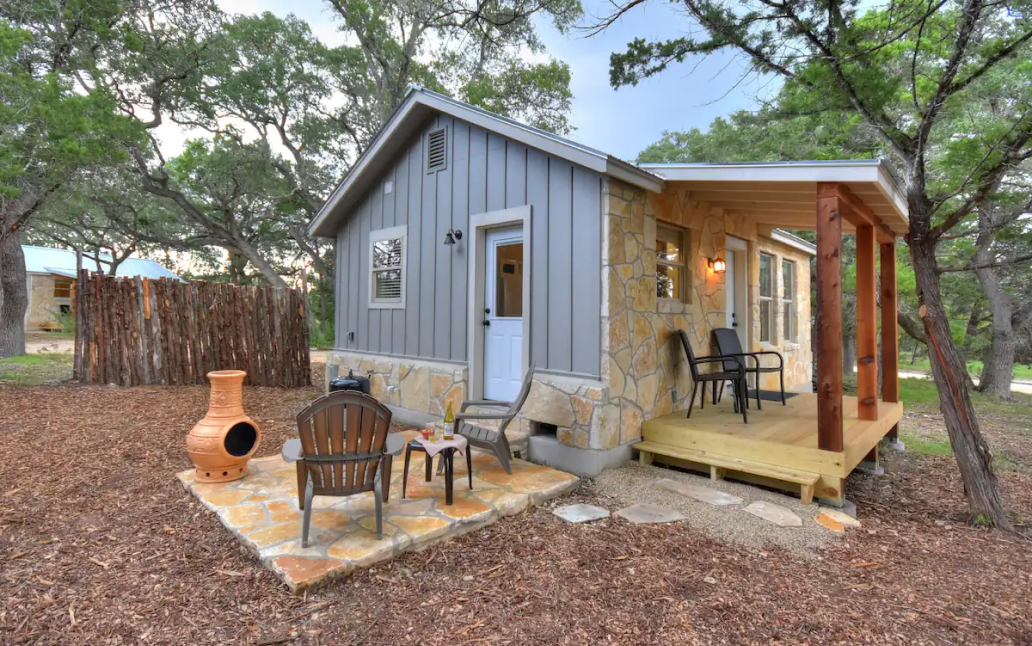
In historic districts, where a consistent streetscape is often part of the charm, cities may limit where you can place your ADU, or whether it can be visible from the street at all.
Many jurisdictions require that ADUs be located behind the primary home or set back far enough so they don’t disrupt the historic view from the street. This means front yard ADUs are typically not allowed, and above garage ADUs are almost always off the table.
Regardless, you’ll likely get everything you’ll need from a detached unit in your backyard, which will be the easiest ADU type to integrate on your lot in a historic district.
Longer Review Process
One of the biggest hurdles when building in a historic district is the extended timeline for approvals. Unlike standard ADU projects, which may qualify for streamlined permitting under California state law, homes in historic districts are often subject to additional layers of review.
This can include things like Historic Preservation Committee approvals, design review board hearings, or historic impact assessments.
This is where having an experienced designer will be your golden ticket. Designers and architects don’t just design. They often handle the permitting process on your behalf. Someone who’s familiar with your city’s review boards can anticipate potential red flags, avoid common delays, and make sure your ADU has the best chance of approval the first time around.
Historical ADUs in the Making
Building an ADU in a historic neighborhood definitely comes with a few more hoops to jump through, but with the right team by your side, it’s absolutely doable. In fact, some of the most charming and valuable ADUs we’ve seen are ones that blend beautifully into historic properties.
Maxable is here to help. Book a free call with us today, and we’ll match you with an experienced ADU designer or general contractor who knows your neighborhood inside and out. Let’s bring your vision to life, without the guesswork.

